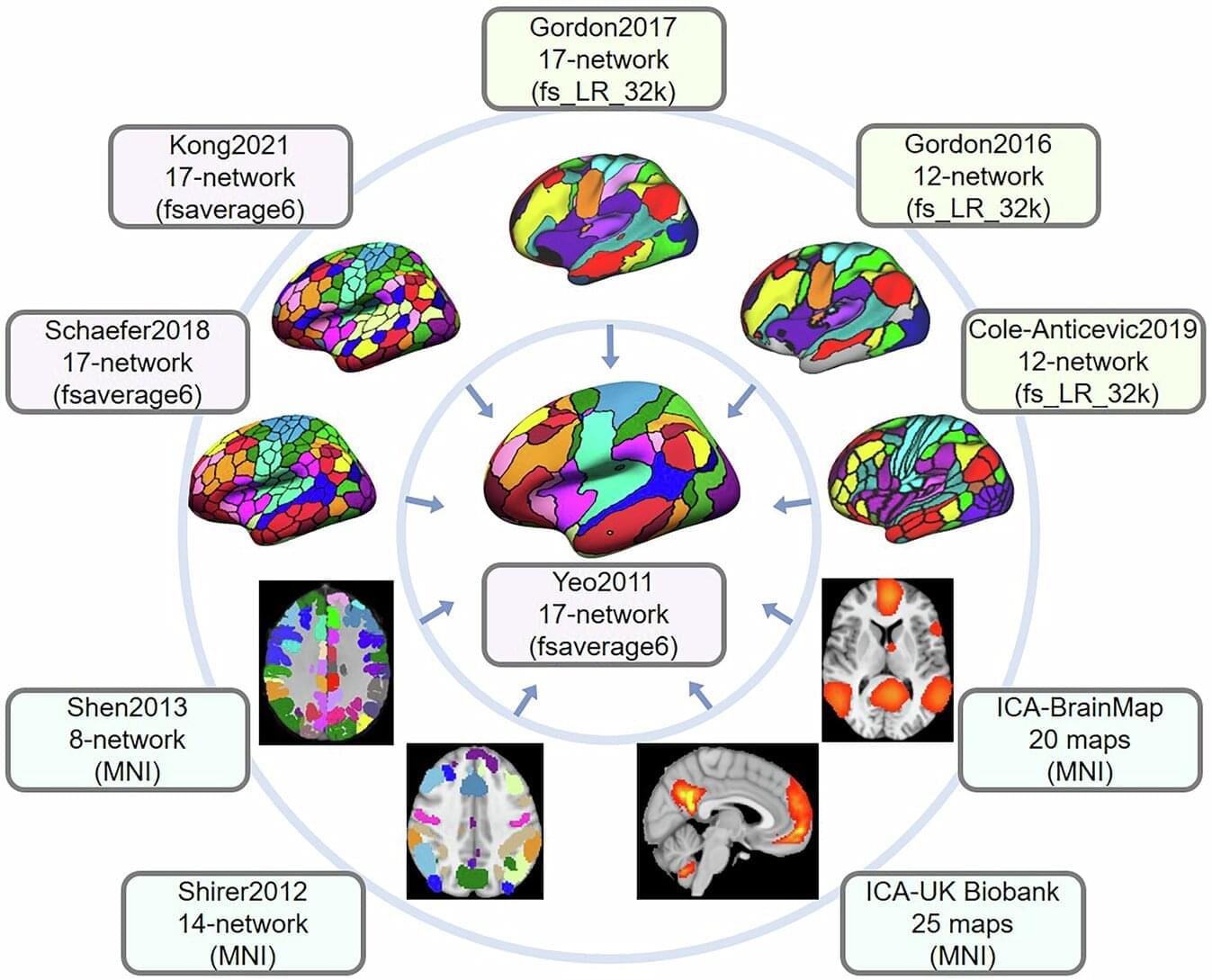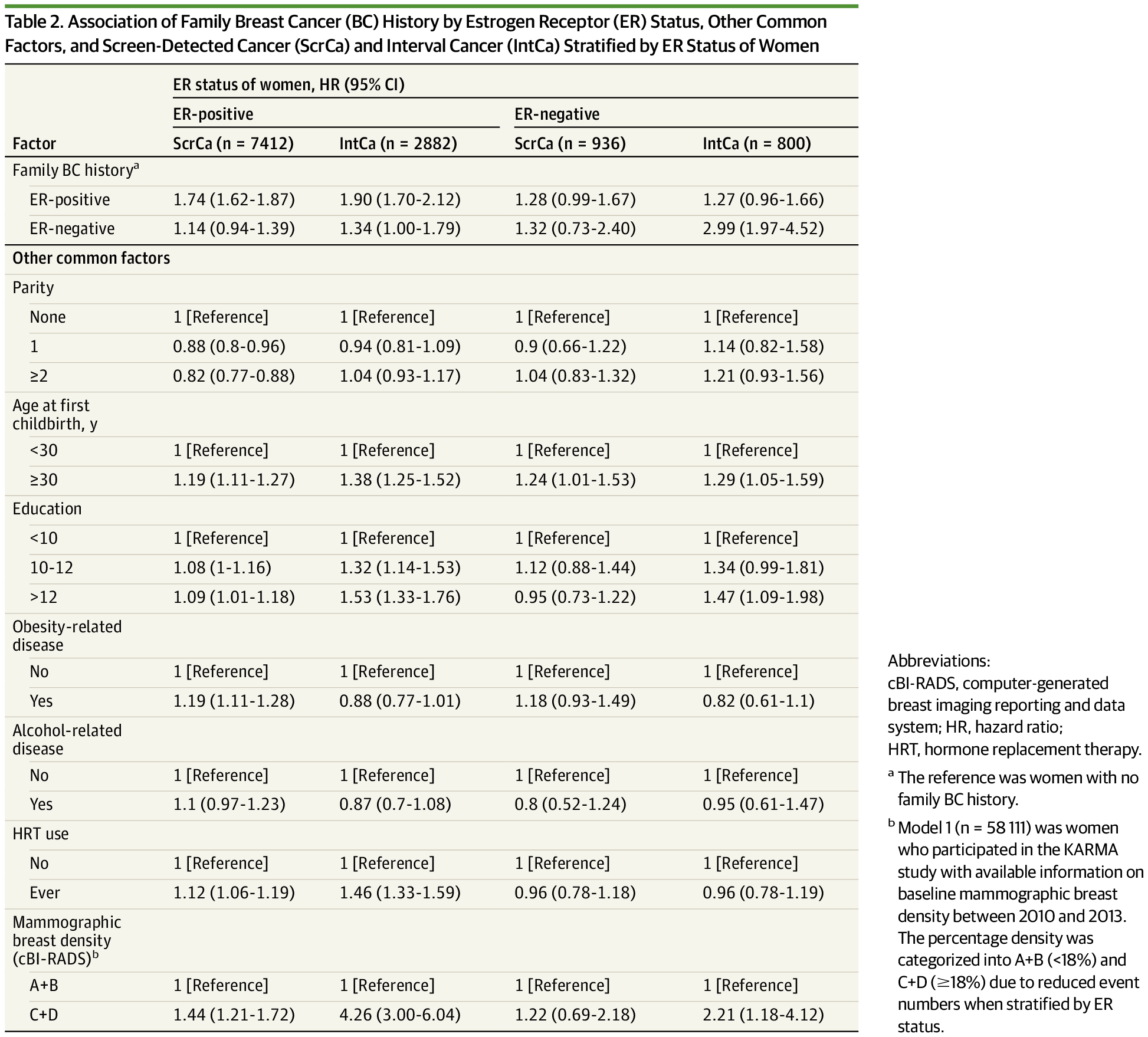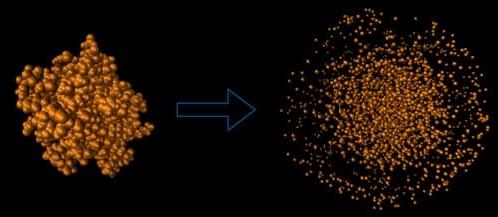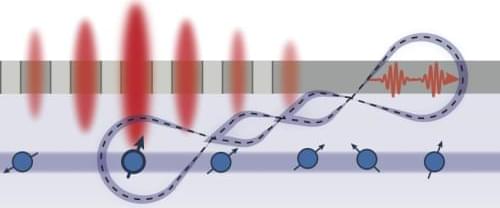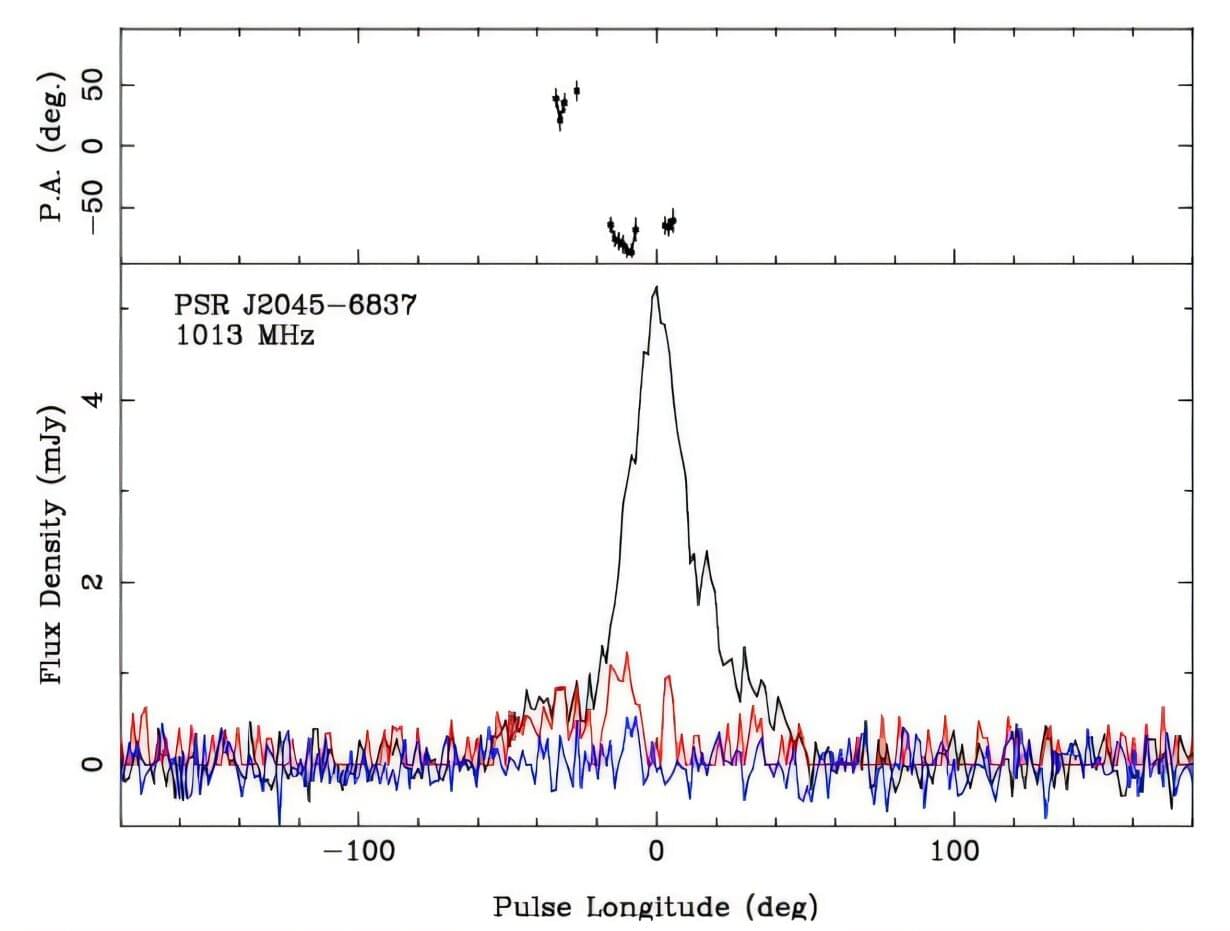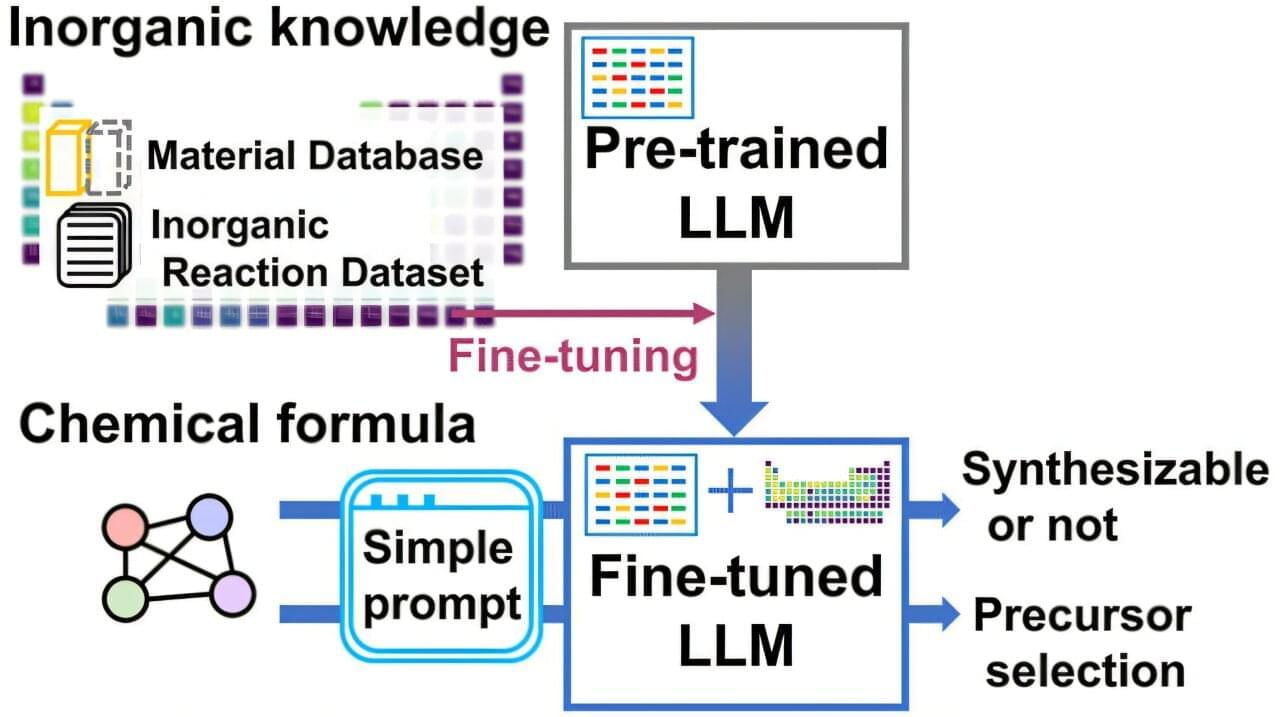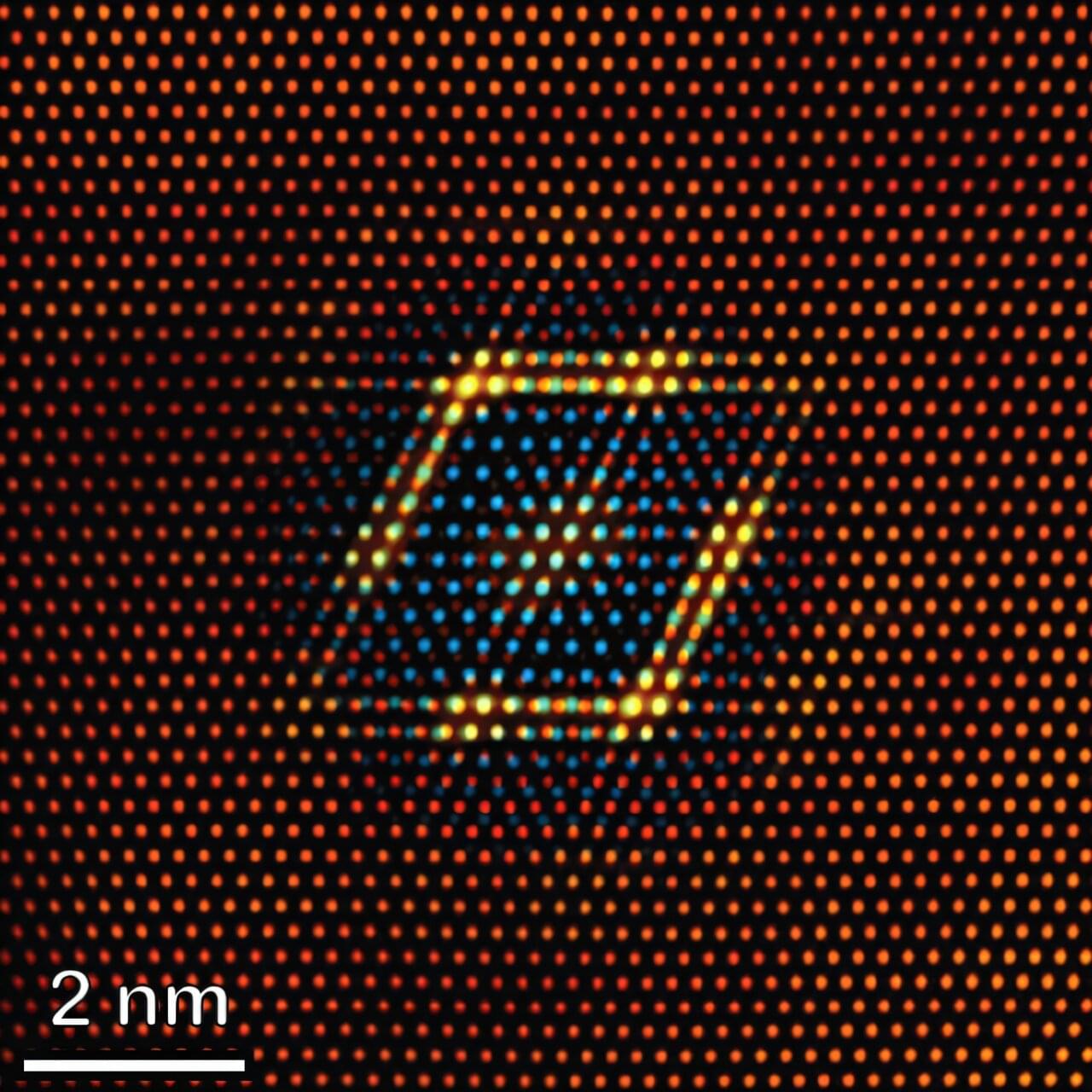UCLA Health researchers have helped to develop a new digital toolbox to create a “common language” for brain network studies, potentially accelerating new discoveries and treatments for neurological and psychiatric conditions.
In a study recently published in the journal Nature Communications, the authors say the open-source software will help researchers worldwide overcome a longstanding hurdle in brain imaging research.
“As long as people have been interested in studying the brain, they have tried to map it out by answering a basic question: how many brain regions are there?” said study senior author Lucina Uddin, a UCLA Health Psychiatry and Biobehavioral Sciences Professor and Director of the UCLA Brain Connectivity and Cognition Laboratory.
